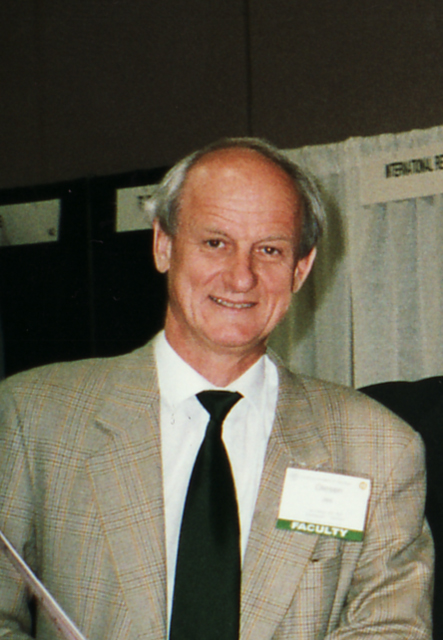Jes Olesen, Denmark

Jes Olesen
Neurological societies (EFNS)
Franz Gerstenbrand Innsbruck, Austria Daniel Bartko Bratislava, Slovakia and Alessandro Agnoli, Rome, Italy had planned the so called Pan- European Society of Neurology. It was inaugurated at a congress in Prague in 1989 and was a society with individual membership. The backing group was heavily weighted towards members from eastern, central and southern European countries. For a number of reasons many people did not like these plans. Top clinician/scientists were not represented and it was offensive that people from the Eastern countries should have a significant influence over a European organization. Furthermore, the transparency of the organization was limited. For these reasons, the Scandinavian countries, following my recommendation, decided to propose an alternative structure for an all embracing European neurological organization. I drafted a proposal for a federation of national neurological societies that was accepted by all Scandinavian countries. It was sent to the president of the world federation of neurology, Lord Walton of Detchant, requesting his support. This led to discussion all over Europe of the best way of organizing European neurology. Professor Serratrice Marseilles, France called a meeting of chairpersons of national neurological societies. Since I had already been involved in these issues, the chairperson of the Danish neurological society, Professor Gudrun Boysen, appointed me as her delegate at that meeting. Following long discussions, Professor Gerstenbrand who had been elected president of the pan- European society agreed to transform this society into a federation of national neurological societies. He subsequently organized a neurology congress in Vienna in 1991 where the EFNS was born. The first constitution of the EFNS did not deviate much from the draft originally submitted by the Scandinavian countries.
The European neurological society ENS had been created in the late eighties by leading academic neurologists from Western Europe. This society was organized with individual membership and was in fact controlled by a handful of people. They managed in a very short time to stage highly successful congresses of neurology in Europe and took the lead over the EFNS which had a slow and difficult birth. I had the offer to join the executive committee of the ENS but, looking back, I am extremely pleased that I chose the more democratic structure of the EFNS. The first management committee of the EFNS consisted mostly of elderly professors. However, Professor Gerstenbrand who was the first president was extremely attentive to the views of the younger members of the management committee. I was appointed vice-president and there were also two other vice-presidents plus a first vice-president, Professor Serratrice.
At the start of the EFNS we had an organization with no money, no projects and fierce competition from the ENS. The original plan was to have a congress every four years similar to the world congress of Neurology. Every other year there would be a European congress and every other year a world congress. However, I pushed very hard to move to more frequent meetings, realizing that an organization could only be financed by surplus from meetings. After much debate this was accepted by the MC. We then proposed to the ENS to host congresses alternately, such that a European neurology congress would take place every year in Europe but organized by the ENS on even years and by the EFNS on the uneven years. It was our impression that this was taken positively by the ENS at a meeting in Lausanne. We sent several letters about this arrangement but never got an answer from the ENS. Instead, we all of the sudden learned from the first announcement of a congress that they planned annual meetings. This was a slap in the face and a totally unacceptable behaviour from a responsible organization. It made clear to us that the only way forward was direct competition with the ENS. Not having much in the way of finance or organization, we organized what we called regional meetings in Berlin, Poznan and Prague until we could hold our first full scale congress in Marseille in 1995. After that followed congresses every year with an ever increasing number of delegates and ever increasing financial surplus that allowed running our organization efficiently. The number of submitted abstracts and their quality has also been going up steadily.
From the beginning it was agreed that we should have many activities in between meetings. But what should the EFNS do besides congresses? We developed a number of standing committees, task forces and special interest groups. The latter were subsequently disbanded, but committee-life flourished and many task forces successfully completed their tasks. The constitution was expanded and amended many times until we reached the present constitution which has remained fairly stable for years.